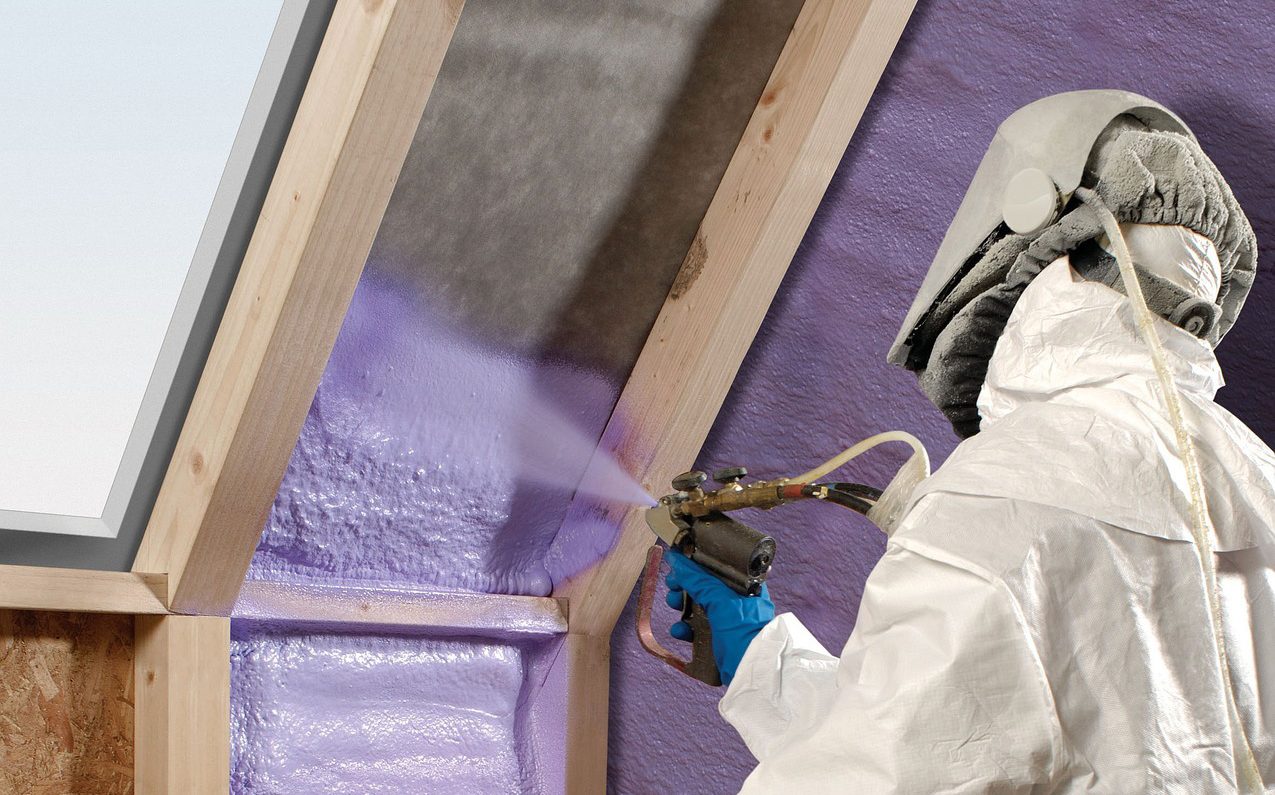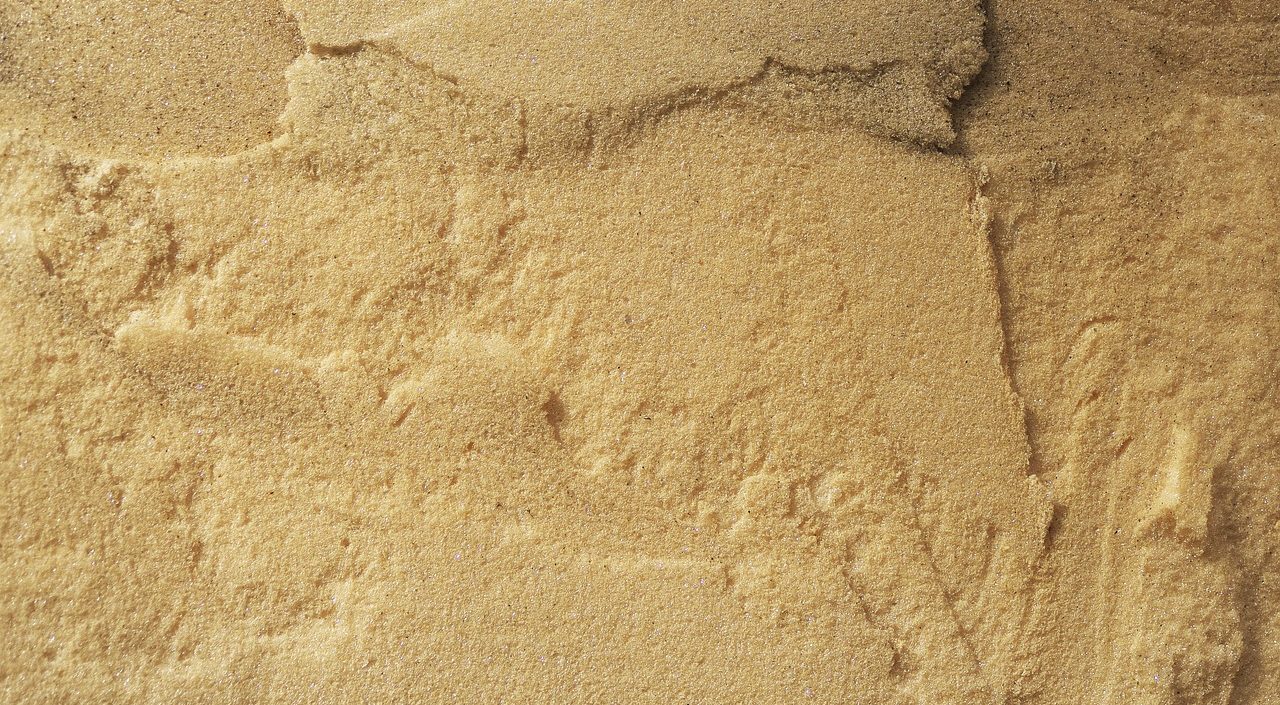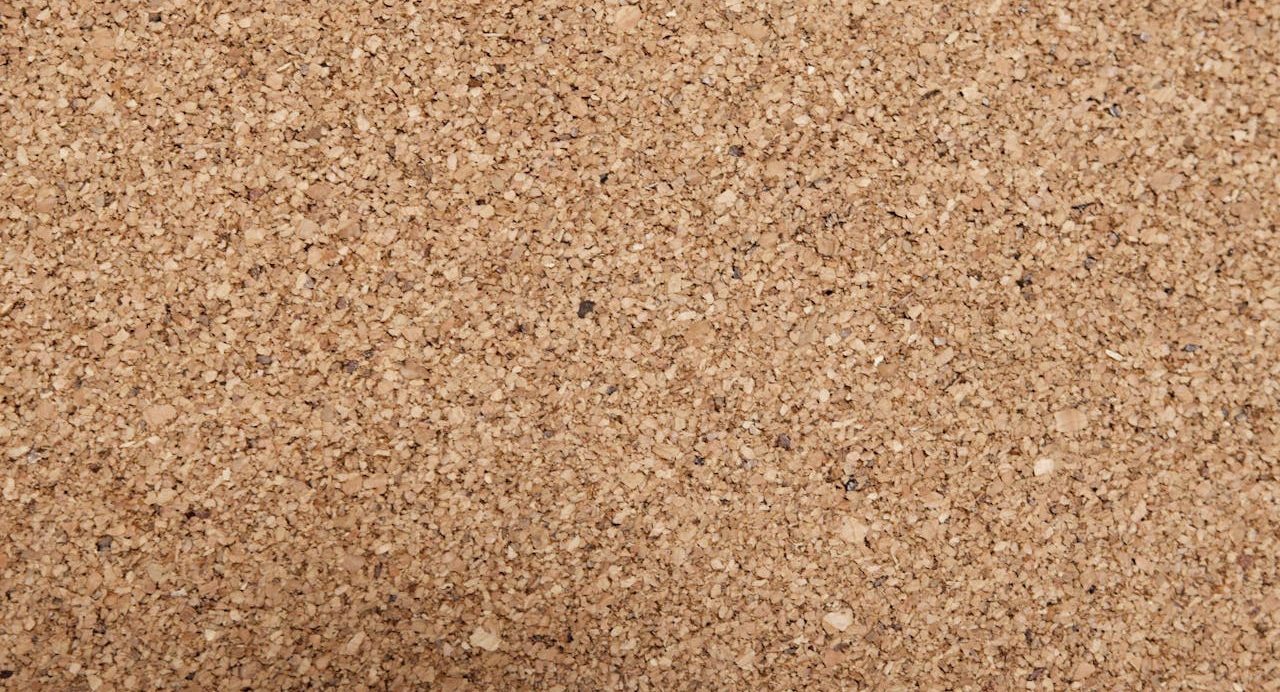
Thermal insulation reduces heat transfer between different spaces or building elements.
Thermal insulation is the set of materials or techniques that are used to reduce heat transfer between different spaces or elements of a construction. Its objective is to maintain a comfortable interior temperature, avoiding heat loss in winter or excessive entry in summer, which improves the energy efficiency of buildings.
Types of thermal insulation
There are various types of thermal insulation, each with specific characteristics that make them suitable for different construction applications. Each one has specific advantages depending on the climate and the needs of the building, which contributes to energy savings and indoor comfort.
Mineral wool (rock wool, glass wool)
This type of thermal insulation is widely used due to its ability to resist heat, cold and fire. It is ideal for walls, ceilings and floors.
Expanded polystyrene (EPS)
This foamed plastic material is lightweight and has excellent thermal insulation capacity. It is mainly used on facades and floors.
polyurethane foam
It is one of the most efficient materials in terms of thermal insulation, since it has a low thermal conductivity. It is used in rigid panels or in projected foam form to cover ceilings and walls.
cellulose foam
Cellulose insulation is a natural choice. This foam is made from recycled paper. In addition to being a good thermal insulator, it is ecological and economical.
Cork
Using cork as an insulator is a natural, renewable and biodegradable option, which offers good thermal and acoustic performance. It is resistant to humidity and fungi, ideal for floors, walls and ceilings.
Reflective insulation
This type of insulation is based on metal sheets that reflect heat, preventing its entry or exit. It is usually used on roofs or attics.

Polyurethane foam is very efficient, given its low thermal conductivity.
Basic principles
Thermal insulation is based on several principles that determine its effectiveness in construction. These allow you to choose the appropriate materials according to the energy and comfort needs of a building, optimizing both temperature control and noise control.
Thermal resistance (R value)
It is the ability of a material to resist the flow of heat. The higher the thermal resistance of a material, the better its insulation capacity. It is calculated based on the thickness of the material and its thermal conductivity.
Thermal transmission coefficient (U value)
Indicates the amount of heat that passes through a material under specific conditions. Unlike thermal resistance, a lower U-value implies better insulating capacity, as less heat is transferred through the material.
Relationship with acoustic insulation
Many materials that provide good thermal insulation also provide sound insulation, since the ability to reduce heat transmission can coincide with the ability to reduce the propagation of sound. Materials such as mineral wool and cork, for example, are both thermally and acoustically effective.
Natural insulators
Hemp insulation
It is a renewable and biodegradable material that offers good thermal and acoustic insulation. Its main disadvantage is its relatively high cost and limited availability in some markets.
Sheep wool as insulation
It is efficient, moisture regulating and naturally fire resistant. However, it can be more expensive and susceptible to pests if not treated properly.
Wood fiber insulation
Wood fiber panels are manufactured from wood waste. This material is ecological, recyclable and offers good thermal resistance. Its disadvantage is that it can absorb moisture if not well protected, which can reduce its durability.
Straw insulation
It is economical and efficient, with excellent thermal and acoustic properties. However, its installation is more complex, and requires treatment to resist humidity and prevent mold.
Linen insulation
Together with coconut insulation, they are renewable materials and offer good insulating capacity. They are easy to install, although their cost can be higher and they may be less durable than synthetic ones.
Natural insulators: advantages and disadvantages
- Advantages : Natural insulators are sustainable, biodegradable and non-toxic, making them ideal for green building projects.
- Disadvantages : They tend to be more expensive, less accessible and sometimes require additional treatments to improve their resistance to moisture and fire.

Cork is a natural material that insulates heat and sound.
Synthetic insulators
Extruded polystyrene (XPS)
Together with EPS beads they are foamed plastic materials with high insulation capacity and moisture resistance. They are common on facades and roofs, but their main disadvantage is their environmental impact because they are not biodegradable and require energy for their production.
Fiberglass
It is one of the most used insulators, since it is economical and offers good thermal resistance. However, handling it requires care, as it can irritate the skin and lungs.
Rigid foam insulation
Like polyurethane, it offers excellent thermal performance. However, it is expensive and can release toxic compounds if not handled properly.
Perlite and vermiculite
Minerals that expand when heated, offering good thermal insulation. They are fire resistant, but can be more expensive and less effective than other synthetic materials.
Airgel insulation
One of the most efficient insulators, it offers exceptional thermal properties in an ultralight material. Its disadvantage is the high cost, which limits its use to specialized applications.
Synthetic insulators: advantages and disadvantages
- Advantages : synthetic insulators are usually cheaper, easier to obtain, and offer a high insulating capacity in relation to their thickness.
- Disadvantages : Many have a negative environmental impact, are not biodegradable, and some can be toxic or flammable if not installed or handled properly.
Natural vs synthetic insulators
Each type of insulation offers solutions for specific needs, so the choice depends on the context of the project, its environmental impact and thermal insulation requirements.
- Thermal efficiency – Synthetic insulators such as XPS and rigid foam have better insulation values compared to most natural ones;
- sustainability in insulation : natural insulators, such as hemp, sheep's wool and straw, are ecological, while synthetic ones have significant disadvantages in terms of their environmental impact;
- Cost : Natural materials tend to be more expensive due to availability and manufacturing processes, while synthetic materials are more accessible but have a higher environmental cost.
